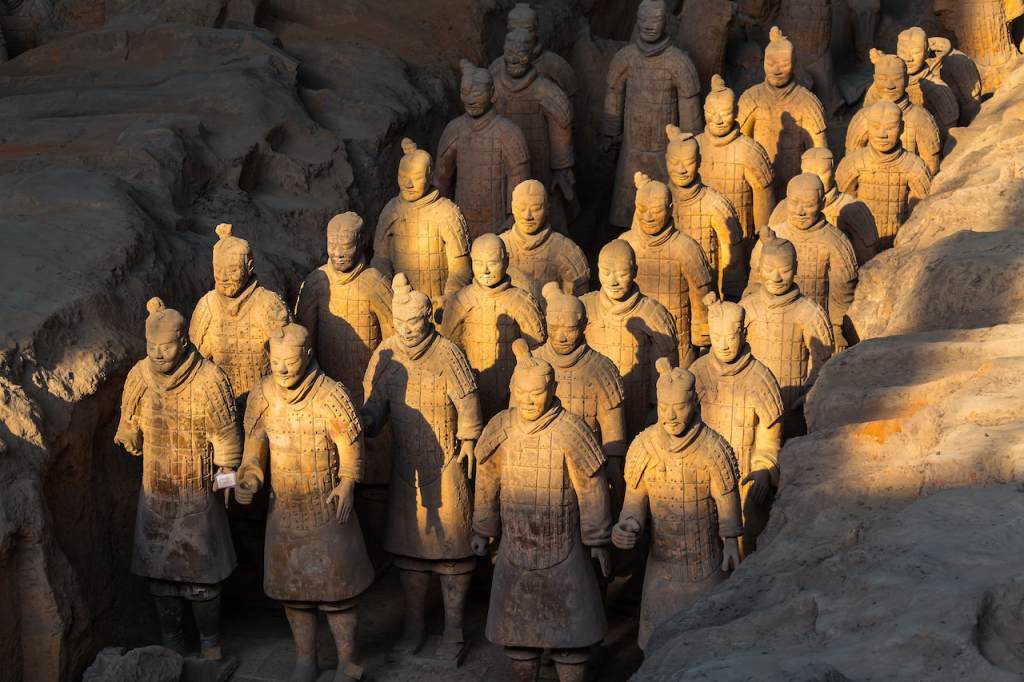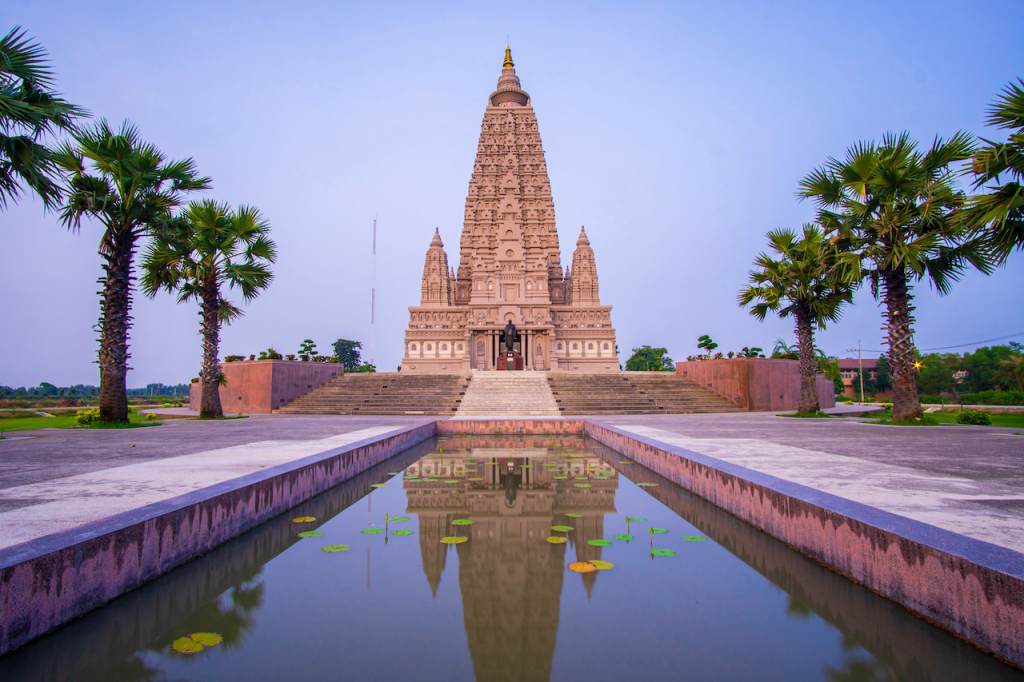At one point or another, we’ve all heard of the Seven Wonders of the World, the top ranking list of the most spectacularly built structures on Earth that generally cover an important chapter of human history and bring millions of visitors per year. Some of the sites include the Colosseum in Rome, The Great Wall of China and the Taj Mahal in India. But what about the unbelievable structures that didn’t quite make the cut?
On today’s episode, we’ll be checking out some of the classic World Wonders but more importantly the sites that weren’t able to claim the prestigious title.
Warriors of Wonder
The Great Wall of China has a whopping 10 million visitors per year and it’s not hard to see why, with its ambitious undertaking, immaculate construction and its unique architectural design it’s no wonder it’s a wonder. Robert Ripley visited the Great Wall in 1932 and was completely overcome with the incredible view dubbing it, “The mightiest work of man.” But China hosts a number of other remarkable sights that would definitely deserve a seat at the table of wonders.

The Terracotta Army buried in the pits next to the Qin Shi Huang’s tomb in 210-209 BC. Via Shutterstock.
Discovered by workers digging a well outside of Xi’an, China, the Terra Cotta Warriors marked one of the most important archaeological finds in the world. This army is made up of thousands of life-size clay soldiers all with unique facial expressions and positioned according to rank. This discovery has given us even more insight into Chinese society 2,200 years ago and has since been considered by many the “Eighth Wonder of the World”.
A Marvelous Mesoamerican City
About 8,000 miles away in the middle of the Yucatan Jungle, lies another ancient marvel. Found in 1841 by explorers John Lloyd Stephens and Frederick Catherwood, Chichen Itza was once the largest and most diverse of the Maya cities with its incredible structures including a Mayan ballcourt, The Temple of Warriors and the most iconic pyramid seen all over your Instagram explore page: However, not far away is another complex that might dazzle you just as much.
Teotihuacan is an ancient Mesoamerican city built between the 1st and 7th centuries A.D. and is characterized by the vast size of its monuments such as the Temple of Quetzalcoatl and the Pyramids of the Sun and the Moon, all of which are laid out on geometric and symbolic principles. Meaning they are literally aligned with the stars. Believe It or Not! Teotihuacan is one of the most powerful cultural centers in Mesoamerica, extending its cultural and artistic influence throughout the region, and even beyond. I recommend not skipping over this site on your next adventure.
Beautiful Buddhist Creations
Constructed over a 20-year period in Agra, India, the Taj Mahal is one of the most incredible representations of Mughal architecture, which combined Indian, Persian and Islamic influences. Commissioned in 1632 by Mughal emperor Shah Jahan to house the remains of his late wife, Mumtaz Mahal, the Taj Mahal is a stunning symbol of love and architectural brilliance securing its rightful place as an official World Wonder, however, further east lies another strong contender in our book.

The Mahabodhi Temple via Shutterstock.
The Mahabodhi temple lies south of the state capital of Bihar and is the first temple built by Emperor Asoka in the 3rd century B.C. and Believe It or Not! It is one of the earliest Buddhist temples built entirely in brick, still standing, from the late Gupta period and it is considered to have had significant influence in the development of brick architecture over the centuries.
A Terrific Temple
Now, we can’t discuss a World Wonders list without at least mentioning the Great Pyramids of Giza. An original sight from the Ancient Wonders of the World list, it is the only Wonder to have survived and remain standing to this day but only technically made “Runner Up” when the new list was created. Bonus points for whoever can name the 7 ancient wonders of the world in the comments below.
Well, another notable site can be found far south of the Giza Necropolis and may be worth making a detour for. Though it rivals the pyramids in scale and splendor, the Temple of Abu Simbel was hidden by desert sand until just over 200 years ago. The impressive temple is built into the side of a giant mountain with four colossal statues of Ramses II in front of the main temple showcasing spectacular examples of ancient Egyptian art. As you can see one of the statues is missing something pretty important and probably the result of an earthquake that occurred in 27 BC. but it’s certainly worth adding to your itinerary.
Well explorers, thanks for joining us on this Ripley’s Round Trip and be sure not to overlook these majestic sites that are wonders in their own right as you’re planning your upcoming travels. See you next time. Happy adventuring!









Comment Your Reaction